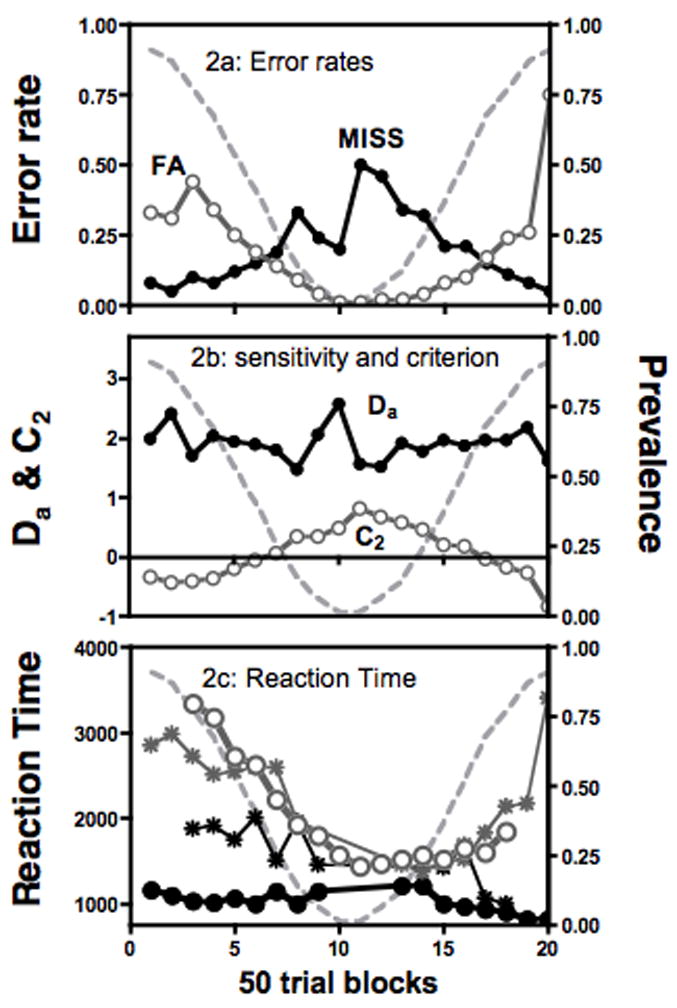Figure 2. Experiment Two: Changing target prevalence changes the pattern of errors and target-absent RTs.

Fig 2a: Miss (black, solid symbols) and false alarm errors (gray, open), trade off as prevalence (dashed line) varies over 1000 trials. Fig 2b: Da (black, solid symbols), a signal detection measure of sensitivity does not vary systematically with prevalence but C2 (gray, open), a criterion measure, does. Fig 2c: Hit RTs (black, solid) change very little with prevalence while True Negative responses (open, gray) vary markedly. False alarm errors (black *) do not vary with prevalence, though they appear to become faster during the experiment. Miss errors (gray *) vary with prevalence in a manner similar to true negatives. (See also Supplemental Figures S1a–c)
